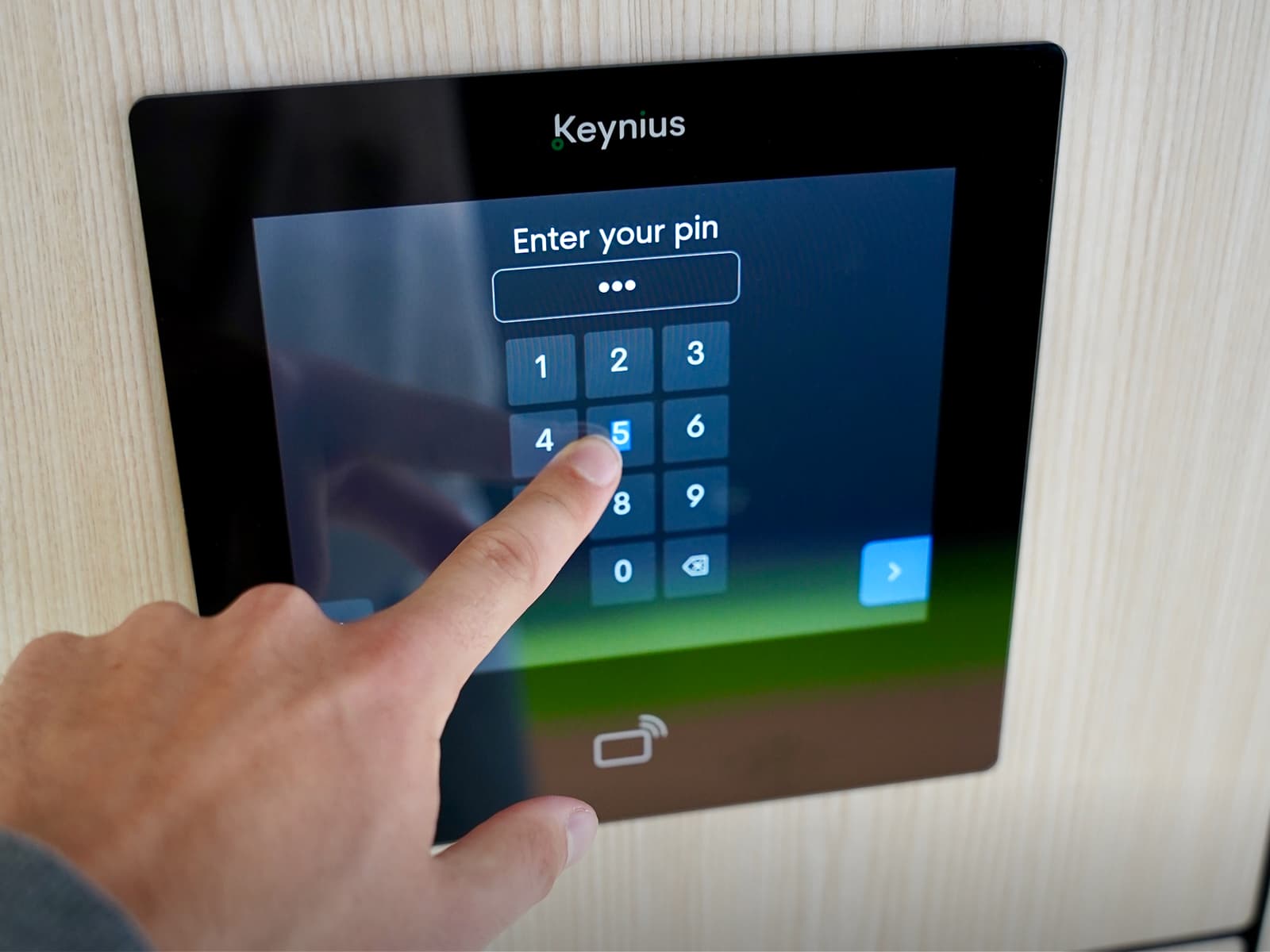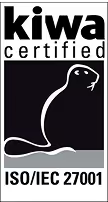Forget Struggling: Easily Open a Locker with a Pin Code or Combination
Ever struggled to open a locker, whether it’s a digital lock or an old-school combination dial? This step-by-step guide gives you the guidance you need to open a locker with a pin or combination, reset it when necessary, and avoid common mistakes. Whether you're using a new lock at the gym, school, or workplace, understanding the inner workings of your lock can help you secure your belongings and gain peace of mind.
What Is a Locker with a Pin Code and How Does It Work?
A locker with a pin code uses a digit combination instead of a physical key. You simply input your pin on a keypad or a rotating dial. The correct sequence aligns internal components, such as a wheel, which releases the latch and unlocks the locker. When the combination aligns, the lock is open and access is granted.
Step-by-Step Guide: How to Open a Locker with a Pin Code
Follow the steps below to open a pin code locker:
- Start by turning the dial or pressing the “clear” button to scramble the input.
- Carefully enter your current combination (your assigned pin).
- Press and hold the confirm or enter button.
- Listen or feel for the click - this indicates the lock is open.
- If it doesn’t open, double-check the digit combination and try again.
How Does a Locker Lock Mechanism Operate?
The mechanism behind a pin or combination lock relies on precise alignment. For example, when using a Master Lock, rotating the dial moves internal wheels. When each wheel aligns with the correct number in the sequence, the locking bar disengages.
If your lock has a keypad, it sends an electrical signal that verifies the code. Whether mechanical or electronic, understanding these inner workings helps you troubleshoot issues like a jam or worn-out keypad.
Step-by-Step: How to Open a Combination Lock
To open a combination lock, such as those used on gym lockers or safes:
- Start by turning the dial clockwise at least three times to scramble it.
- Rotate the dial to the first number of your current combination.
- Turn it counterclockwise past the first number, then stop at the second number.
- Turn it clockwise again to the third and final number in the digit combination.
- Pull the shackle. If you hear a click, the lock is open.
If nothing happens, repeat the steps carefully to ensure the combination aligns.
How to Reset a Locker’s Pin Code
Want to assign a new pin code? Here’s how to reset:
- Find the hole on the side of the lock or near the keypad.
- Insert the reset tool provided with your lock.
- Press and hold the reset button or mechanism.
- Enter the new lock combination.
- Confirm the new digit combination by entering it again.
- Test it out before closing the locker.
This process ensures your lock is locked and only opens with your updated code.
Tips for Creating a Secure Pin Code
A strong pin keeps your lock box safe. Here’s how to make it secure:
- Avoid using birthdays or sequential digits.
- Mix up numbers to create a digit combination that’s tough to guess.
- Update your pin regularly.
- Never share your current combination unless absolutely necessary.
Common Mistakes to Avoid
- Using predictable numbers (like 1234 or 0000).
- Forgetting to scramble the lock after use.
- Neglecting maintenance, which may lead to a jam.
- Failing to test the lock after resetting it.
Are Pin Code Lockers Secure Enough?
Generally, yes. When used properly, pin code lockers, especially those by trusted brands like Master Lock, offer excellent security for everyday needs. Just make sure to keep the pin confidential and maintain the lock to avoid issues.
Pin Code Lock vs. Master Lock: Which Is Better?
If you prefer keyless convenience, a pin lock offers speed and ease. But if you trust the reliability of a mechanical dial, Master Lock has a long-standing reputation. Each has strengths; the choice depends on your environment and preference.
When Should You Call a Locksmith?
Professional guidance may be required if:
- You’ve lost access and can’t open a combination lock or pin lock.
- The lock is locked, and repeated tries won’t work.
- Internal parts are damaged, or you’ve broken the reset tool.
Locker Lock Maintenance Tips
- Clean around the top of the lock and the bottom of the lock to remove debris.
- Replace batteries in electronic locks regularly.
- Test the lock often to avoid surprises when you're in a hurry.
Ready to Take Control of Your Locker?
Don’t let a stuck lock slow you down. Now that you know how to open a locker, reset codes, and troubleshoot, you’re prepared for anything. Bookmark this guide or share it with someone who needs help mastering their lock box today!
FAQ about Smart Lockers
How does the Keynius locker system work?
Keynius lockers combine smart electronic locks - smart locks and battery locks - with cloud-based software and optional local controllers via our Smart Home Teacher and Students.
Locks connect via LAN or Bluetooth to the Keynius platform, allowing users to authenticate, open, and manage lockers through touchscreens, RFID, PIN, or mobile app.
Admins control access rights, monitor usage, and configure lockers remotely via the Keynius Portal.
Can I customize the locker design and materials?
Yes. We are the only smart locking provider that owns every part of our supply chain, which includes all components, hardware, cabinetry, and software. This allows us to offer the most customizable smart lockers in the industry.
Lockers are available in multiple materials and colors:
Steel, powder-coated in standard RAL colors.
Wood-based panels with extensive Egger color finishes.
HPL laminate for high-durability indoor/outdoor use.
Outdoor waterproof steel version.
Each locker supports optional side panels, bases, benches, and color branding, or vinyl wrapping, as well as your selection of lock type, connection type, and many other custom add-ons.
Is the platform cloud-based or do I need local servers?
The Keynius platform is fully cloud-managed, requiring no local servers. Hardware like Smart Home Teacher/Student units and Battery Locks connect to the cloud via LAN or Bluetooth and are configured through the Keynius Portal or App.
What authentication/access methods are supported?
Supported authentication methods include:
PIN (capacitive keypad or mobile-assigned)
RFID (MiFare, HID, NFC, Apple Wallet)
Mobile app (BLE) for remote and Bluetooth access
QR code scanning (QR Reader IP65)
Payment terminals can optionally authenticate via debit/credit contactless systems.
How secure is the system and where is the data hosted?
Hardware is certified to CE, FCC, UKCA, and RoHS standards, with IP-rated protection up to IP65 for outdoor units.
Locks feature encryption, motorized mechanisms, and mechanical overrides for fail-safe access.
All data, including access logs and credentials, is stored securely in Keynius’ EU-hosted cloud environment compliant with European data protection standards.
Can Keynius integrate with our existing software?
Yes. The system offers open APIs for integration with HR, facility, payment, or booking systems. Payment terminals support remote configuration through the Terminal API.
View our existing integrations here.
What industries or use cases is Keynius suitable for?
Keynius offers a modular, flexible design which makes it compatible for nearly every industry and use-case.
Our most common sectors include:
- Corporate offices (personal storage, hybrid desks)
- Education (student lockers, IT device storage)
- Logistics and retail (parcel and click and collect)
- Leisure, hospitality, and healthcare (staff or visitor lockers)
What’s included in the setup and onboarding process?
Every project is different and requires its own scope, but we strive to offer a consistent and repeatable solution as much as possible to streamline our effectiveness and the quality of service we're able to deliver.
1. Design phase: Configure cabinet models, lock types, and finishes.
2. Installation: Connect Smart Locks to the Smart Home or cloud (plug-and-play).
3. Software setup: Locker walls created in the Keynius Portal; access rights assigned.
4. Training: Admins and users onboarded via the app guide.
5. Support: Remote monitoring, software updates, and Keynius support line.


%20(1).jpg)





%201.svg)
%201.svg)
